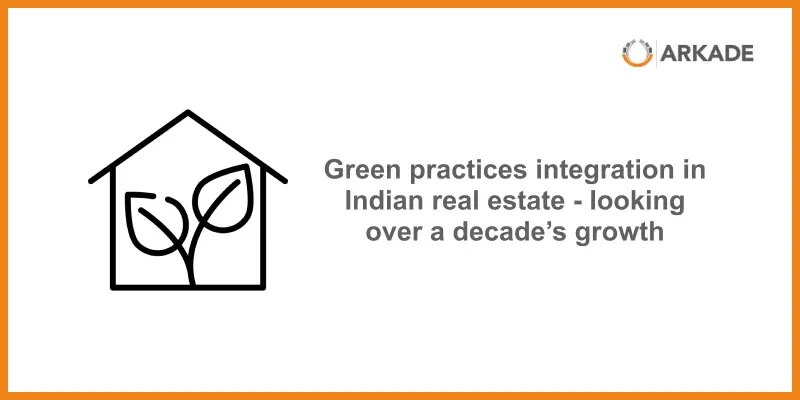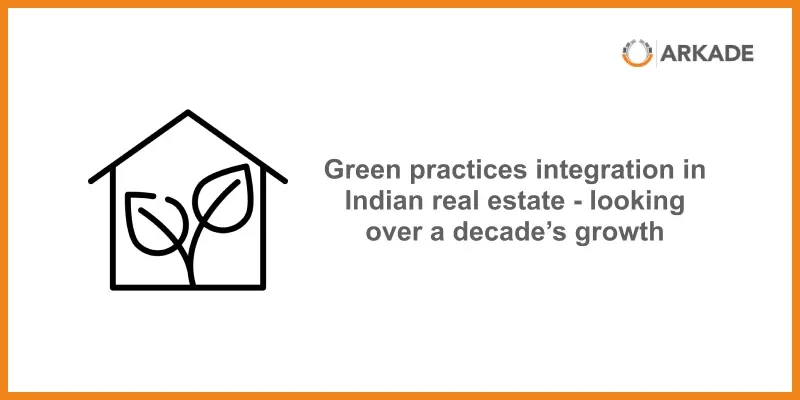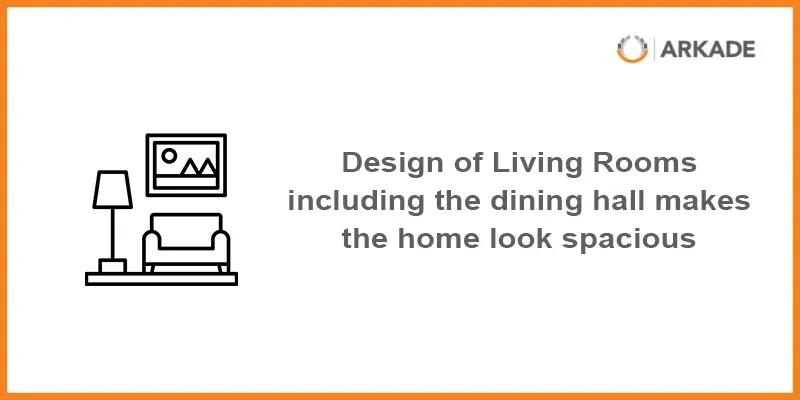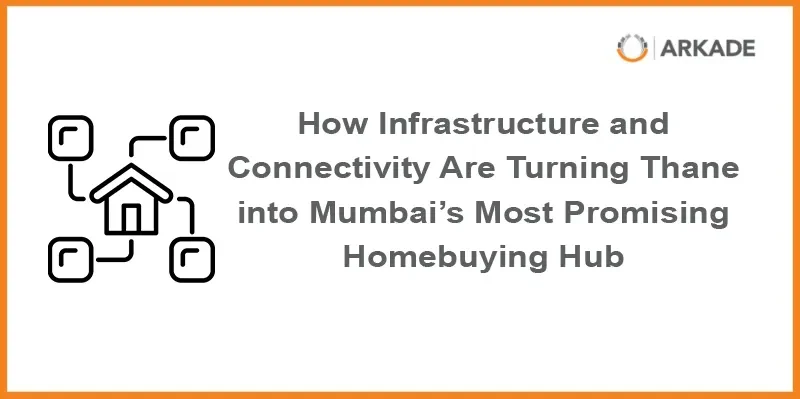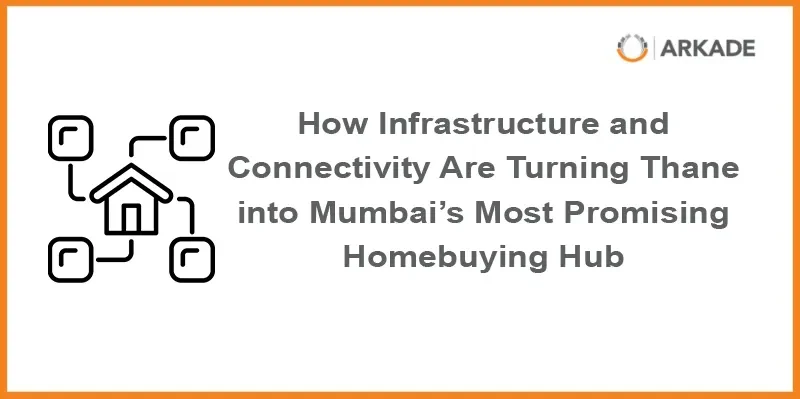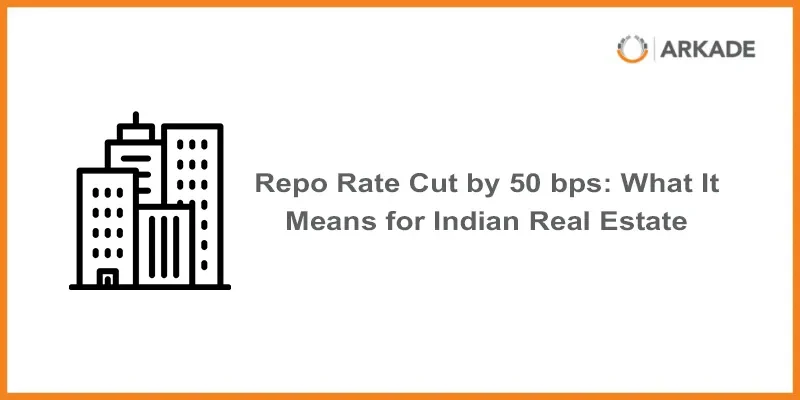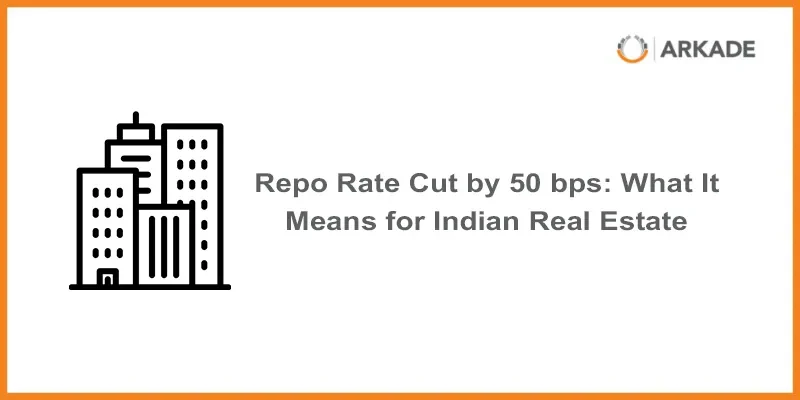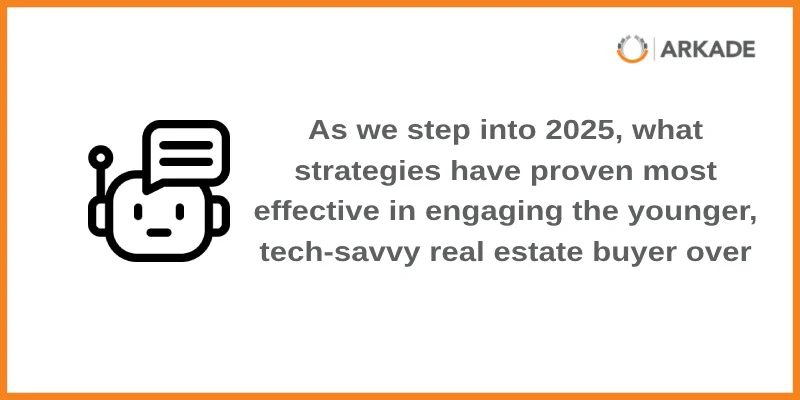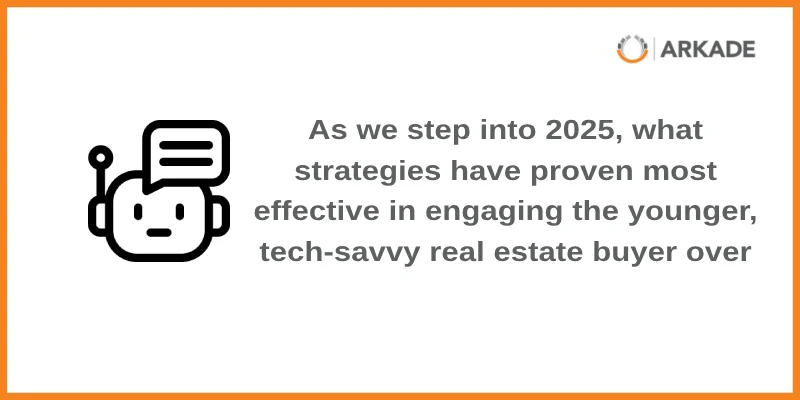
Flexible Ownership Plans That Make Buying Easier Than Ever!
By Ms. Amita Singh, Chief Sales Officer, Arkade Developers Limited
Mumbai, India’s financial capital, is a city of ambition, energy, and endless possibilities. But for many of its hardworking residents, the dream of owning a home here often feels just out of reach.
At Arkade Developers, we believe the solution lies in more than just constructing quality homes—it lies in changing how people access them. That change begins with flexibility.
The Challenges: What’s Standing in the Way of Homeownership?
1. Sky-High Property Prices
Mumbai remains one of the most expensive real estate markets in India. Whether you’re looking in the suburbs or aiming for a larger apartment in a central location, affordability continues to be the biggest barrier.
2. Outdated Financing Models
Traditional home-buying structures are rigid. Uniform down payments, fixed EMI schedules, and little room for customisation make it difficult for many aspiring homeowners, especially those with irregular incomes or unique financial situations.
3. Lifestyle Expectations vs. Financial Stress
Today’s homebuyers seek more than just walls and a roof. They desire a holistic lifestyle, a supportive community, and—most importantly—financial peace of mind. Sadly, the burden of large EMIs and inflexible repayment timelines often overshadows the excitement of owning a home.
SHUBHARAMBH Ownership Plans by Arkade Developers
Your Home. Your Payment Plan.
To address these pressing challenges, we’ve introduced the SHUBHARAMBH Ownership Plans—a ground-breaking initiative that reimagines the path to homeownership.
This program empowers homebuyers to customise their payment and EMI schedules across our flagship projects:
Arkade Nest – Mulund West
Arkade Rare – Bhandup West
Arkade Pearl – Vile Parle East
Arkade Views & Arkade Vistas – Goregaon East
Rather than following rigid payment slabs, buyers can design a payment plan that aligns with their income realities, lifestyle choices, and future financial goals. It’s homeownership with freedom built in.
Why Flexibility Matters More Than Ever
Flexibility isn’t just a feature; it’s a fundamental necessity in today’s dynamic economic environment.
Homebuyers today are more diverse than ever, spanning salaried professionals, entrepreneurs, freelancers, gig workers, and more. Their income patterns, risk appetites, and life goals differ dramatically. A one-size-fits-all approach no longer works.
SHUBHARAMBH offers the breathing room to grow, to plan, and to invest without stress. Whether you’re just starting your career, planning a family, or securing your retirement, your payment schedule can now evolve with you.
When the home-buying process adapts to you, rather than forcing you to adapt to it, the result is a more empowered, confident, and fulfilling journey to ownership.
A Golden Opportunity in a Low-Interest Market
With the Reserve Bank of India reducing repo rates by 100 basis points this year, home loan interest rates have hit historic lows. This is a rare financial window, and one that significantly reduces the long-term cost of borrowing.
When combined with the SHUBHARAMBH Ownership Plans, today’s low-interest climate makes this an ideal moment to invest in your dream home. Built on a ‘Family First’ Foundation
At Arkade Developers, everything we do is rooted in a singular philosophy: Family First. We understand that a home is not just an asset—it’s your sanctuary, your safe space, and the foundation of your family’s future.
With SHUBHARAMBH, we’ve removed the unnecessary stress and replaced it with choice, control, and care—so you can focus on what truly matters: living, growing, and thriving together.
Turning Aspirations into Addresses
In a city where owning a home often feels like an unattainable goal, flexibility can be the game-changer. The SHUBHARAMBH Ownership Plans are not just about payments—they’re about possibilities.
So take the first step toward homeownership on your terms.
Because your journey to a dream home should begin with freedom, not fear.
Your Home. Your Payment Plan. Your Time Is Now.





